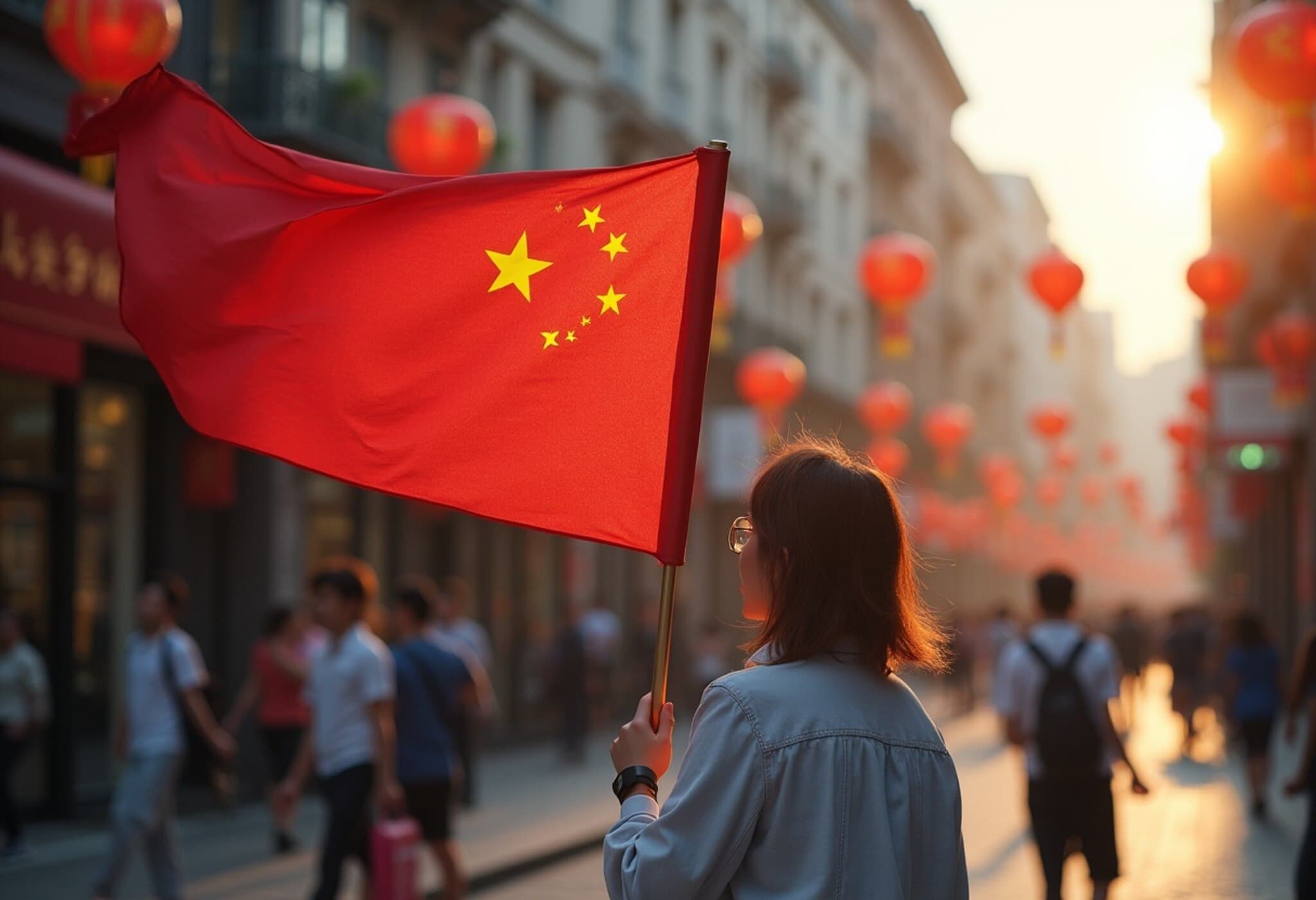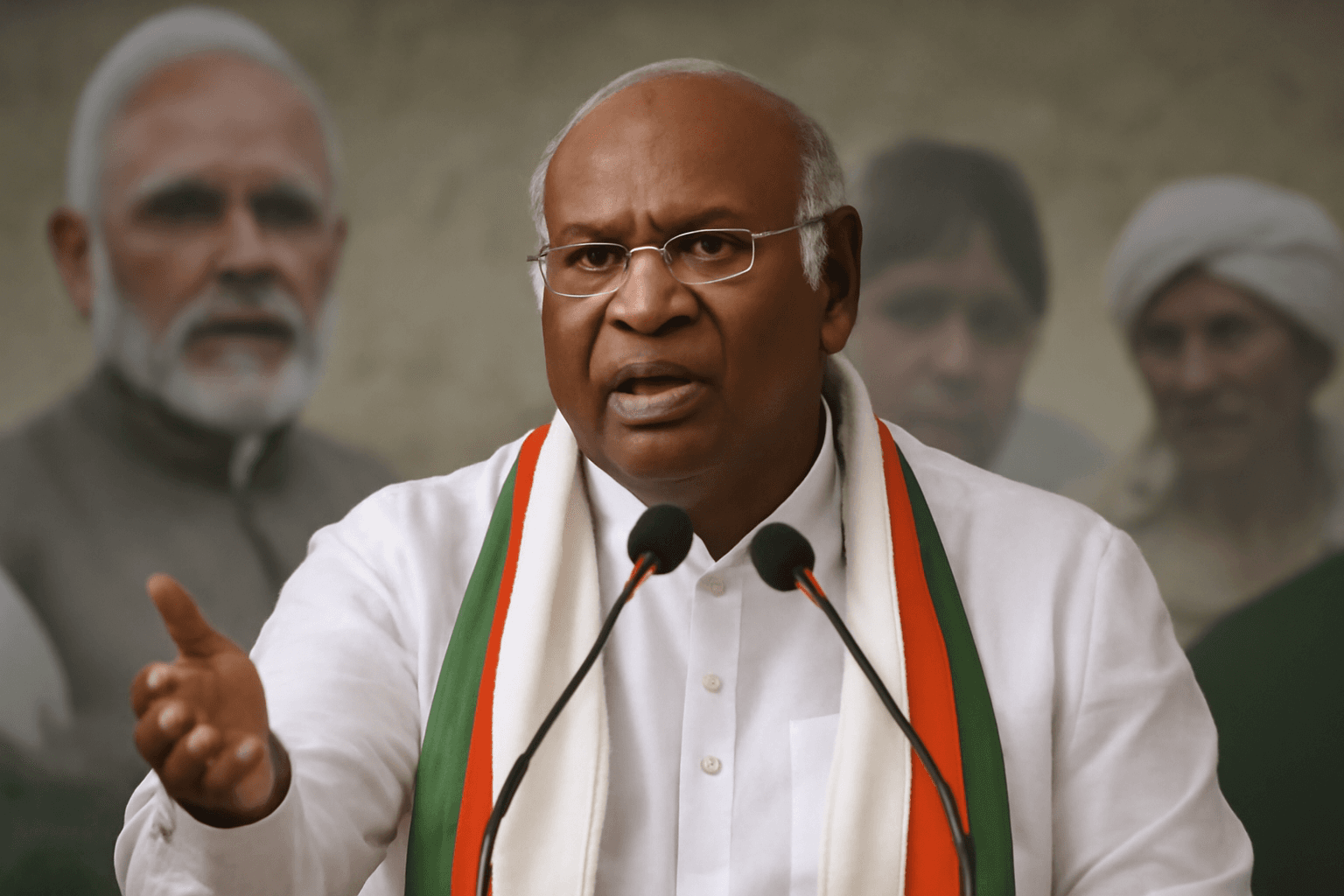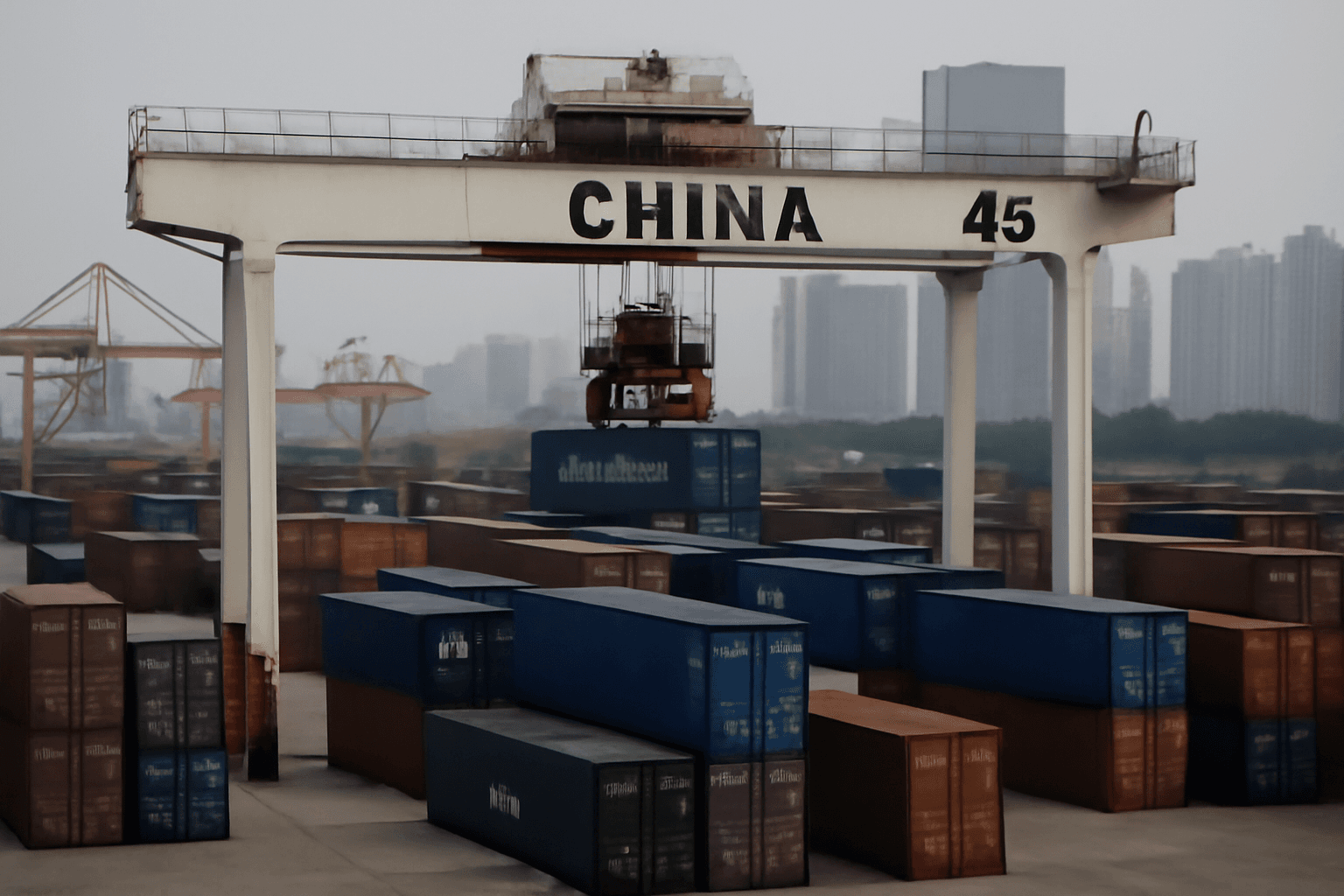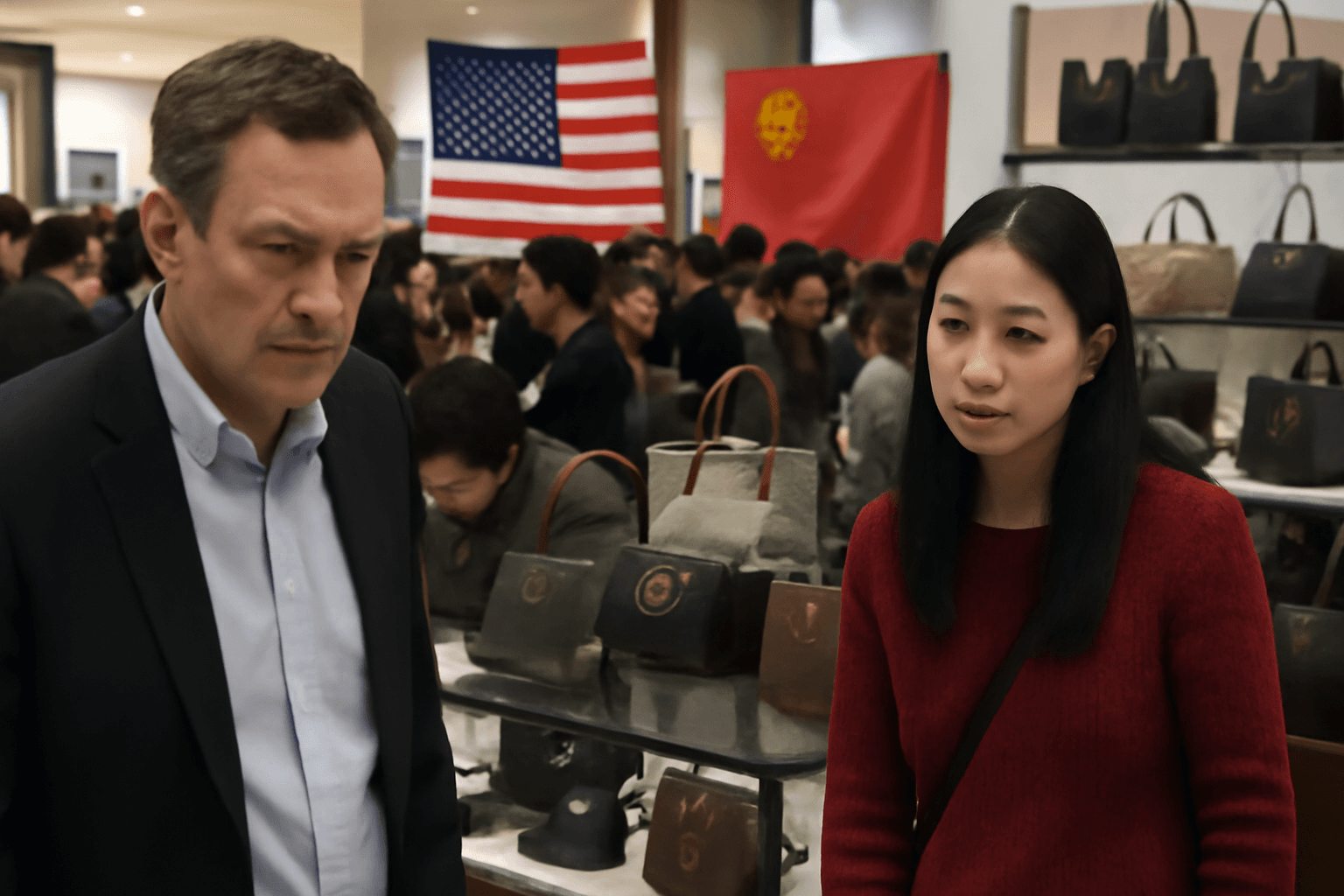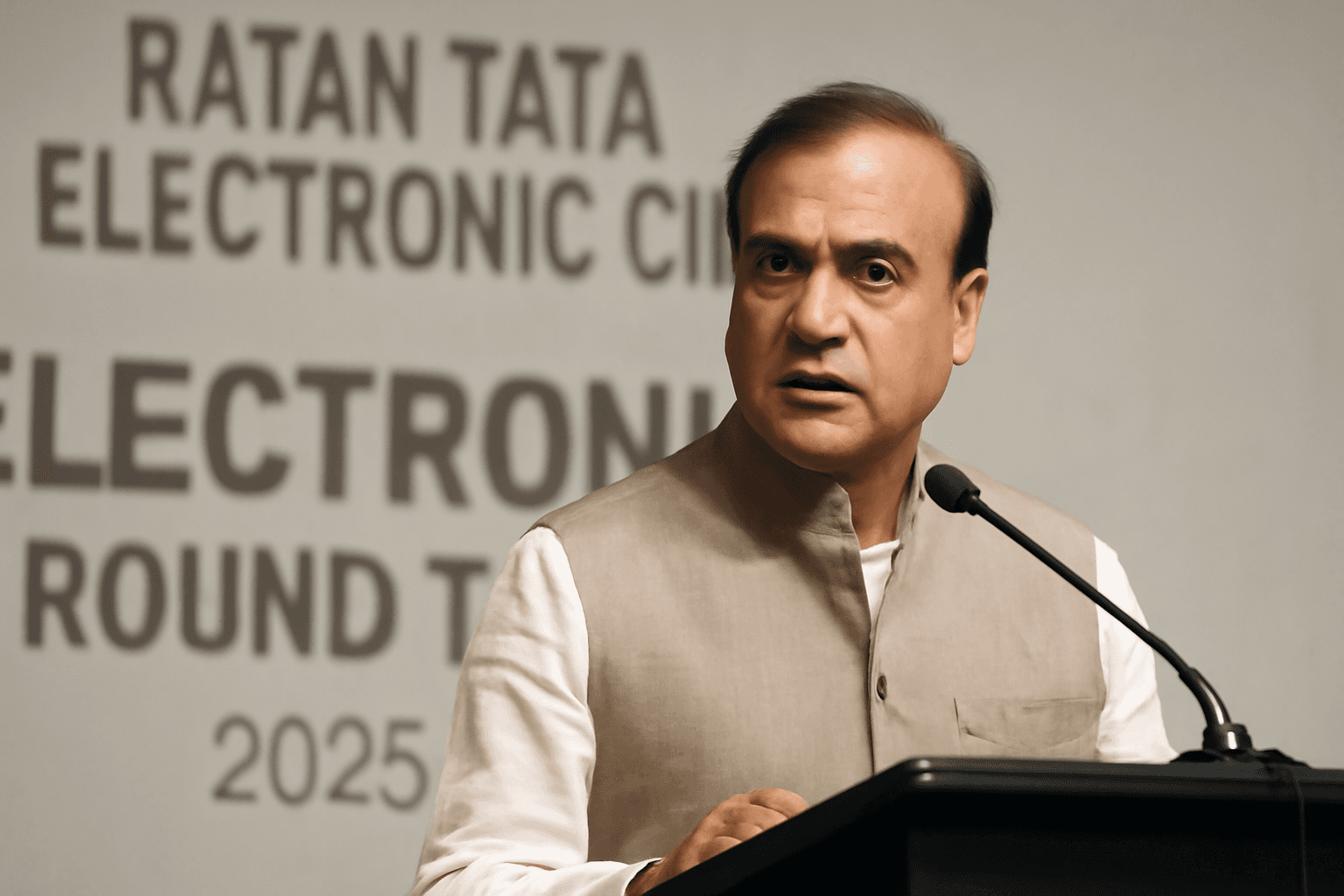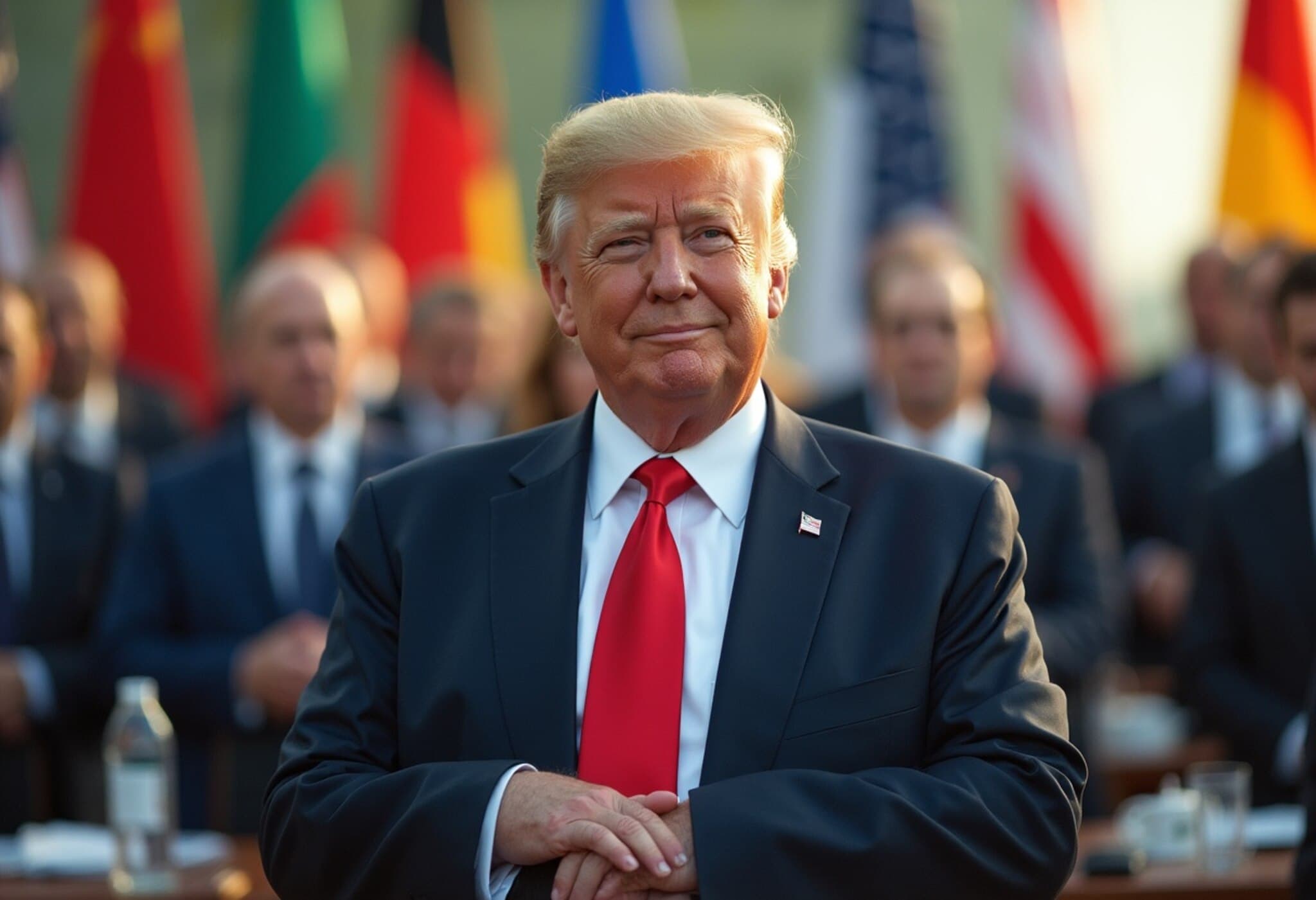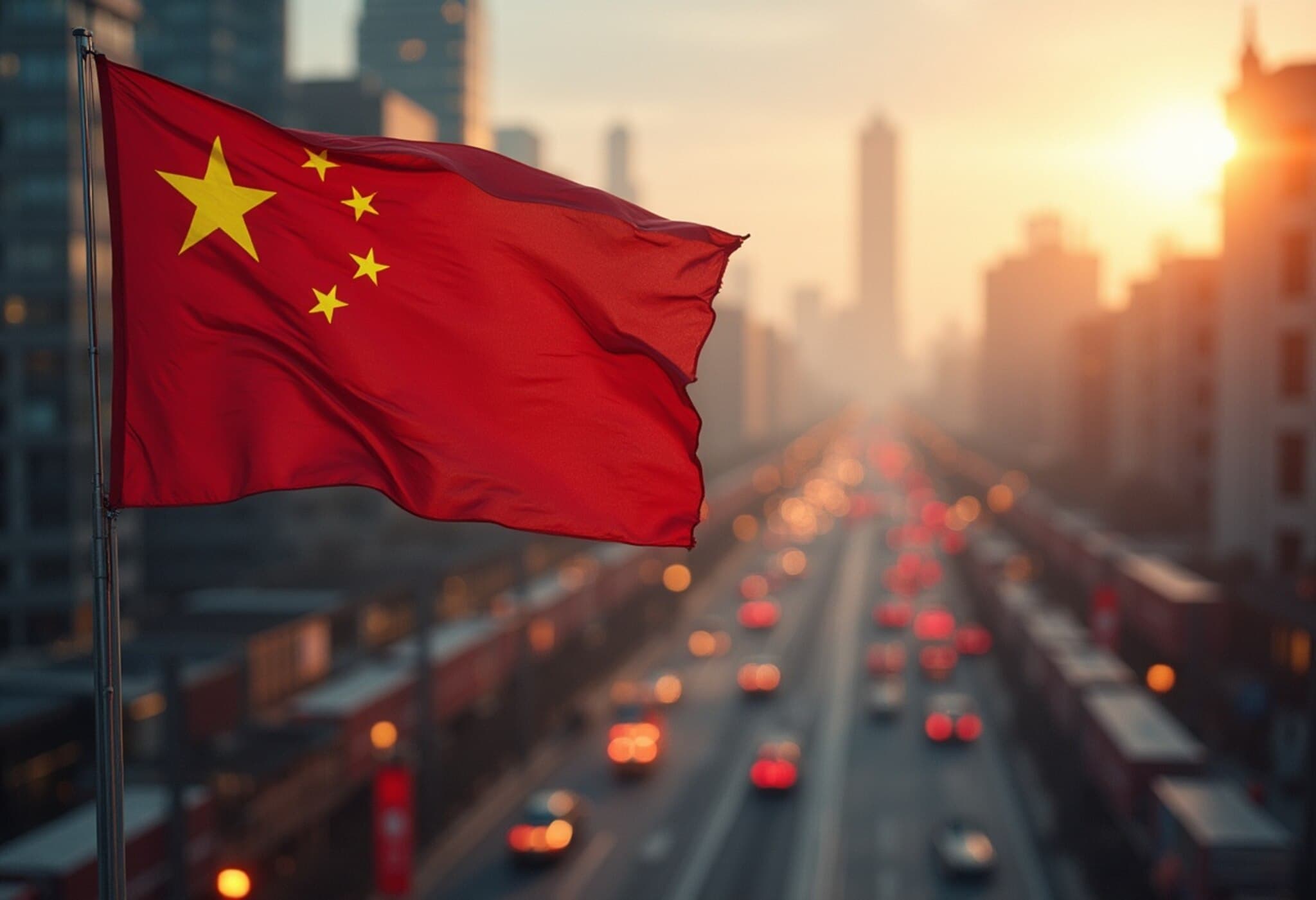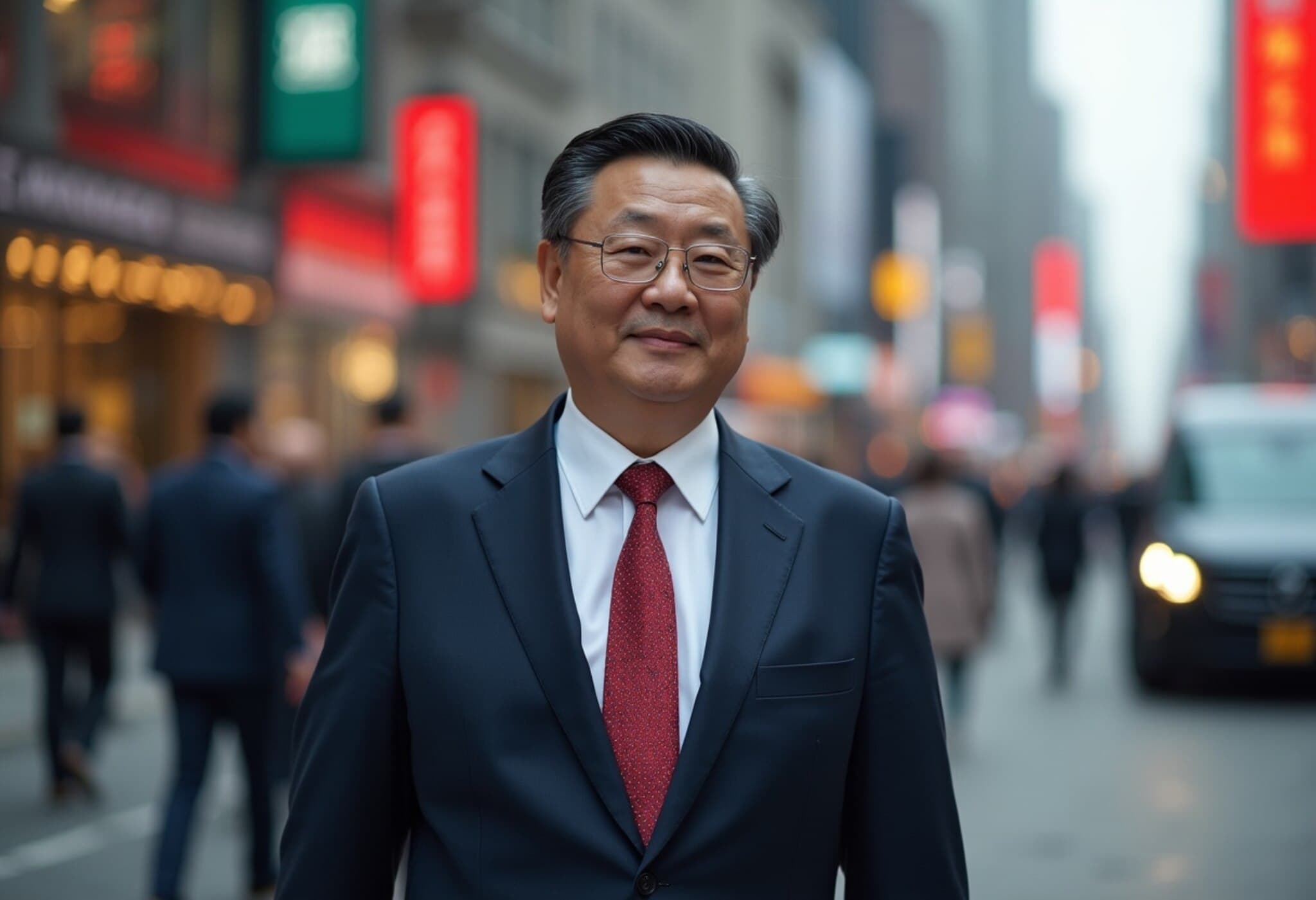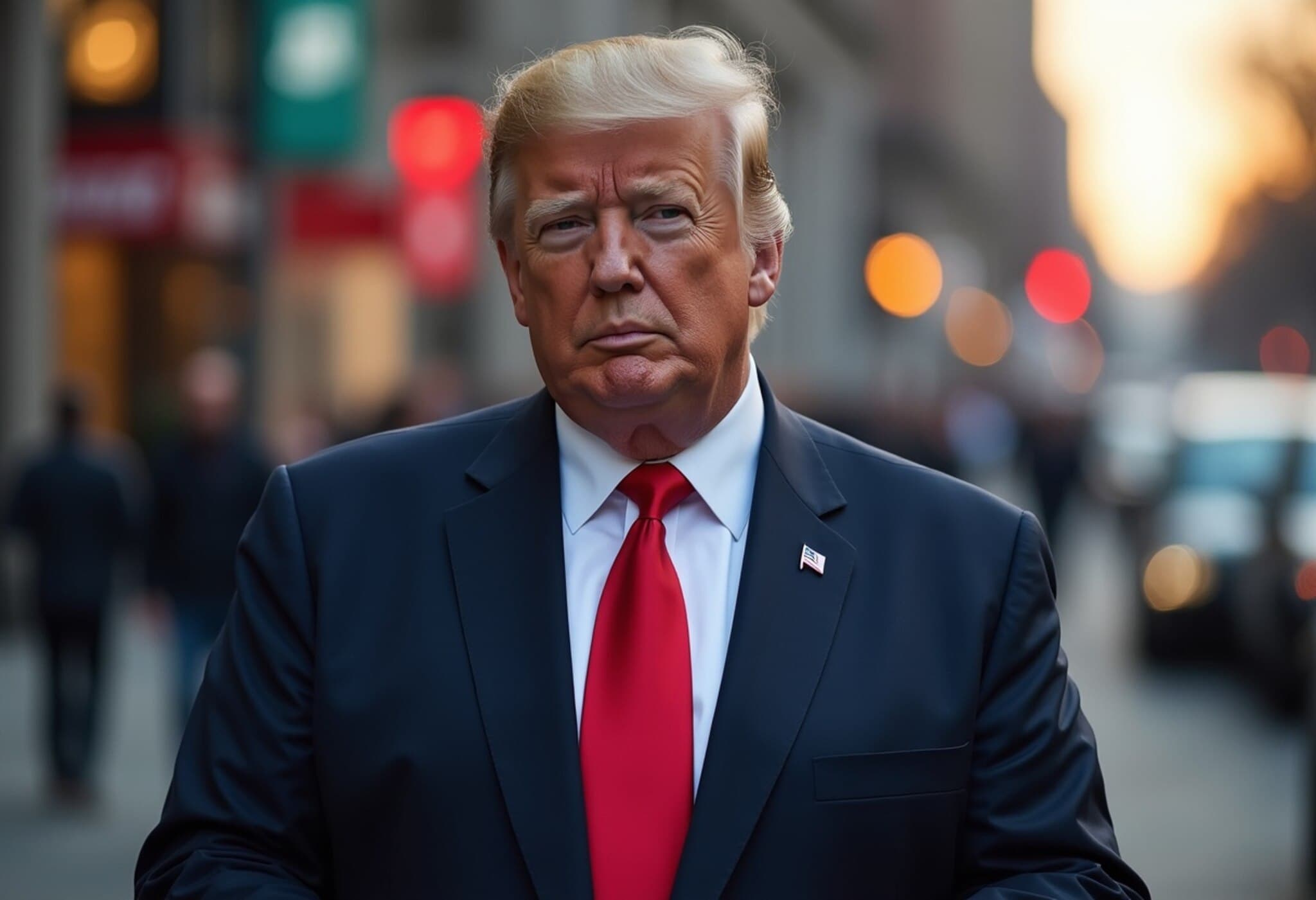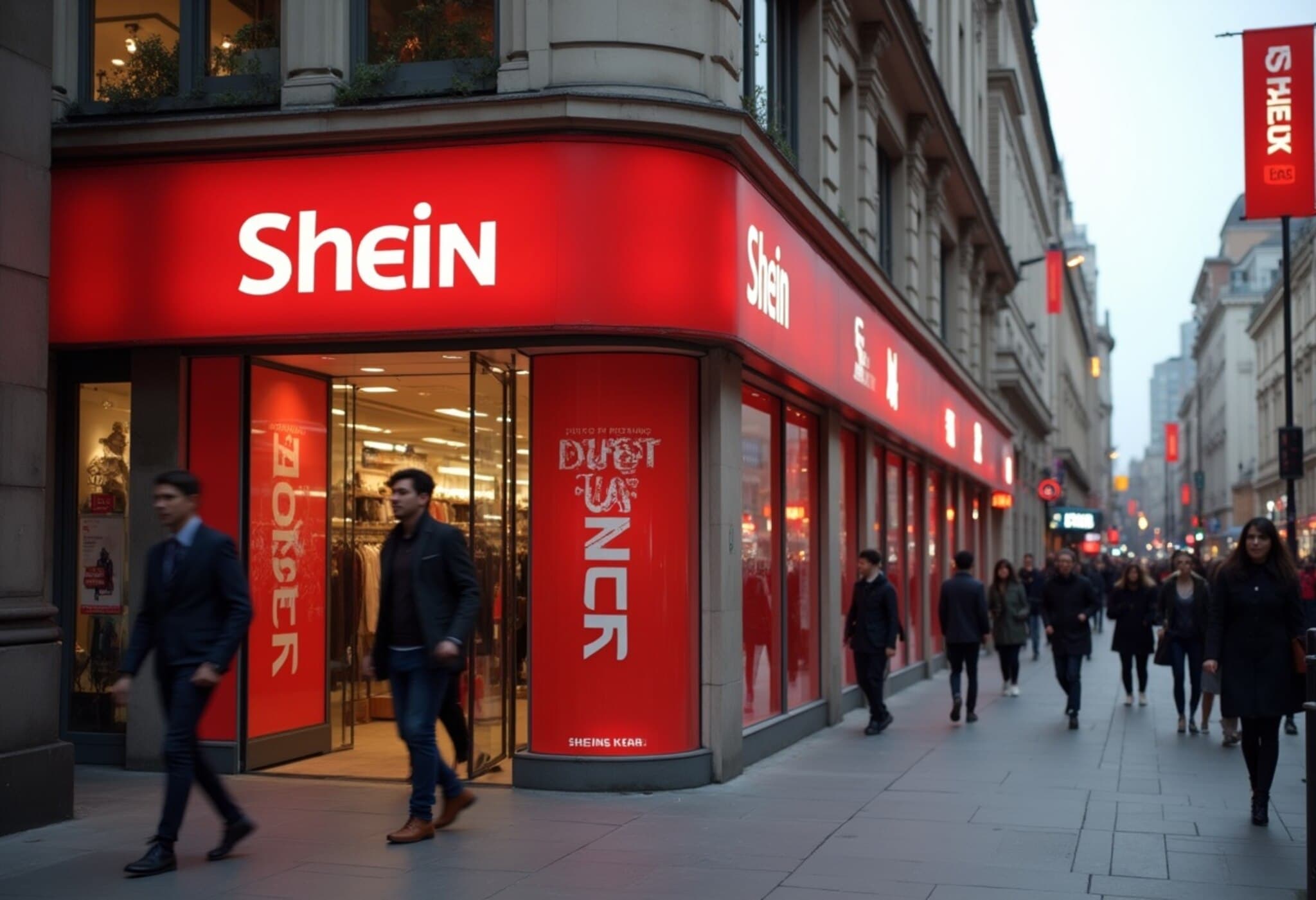China's Economic Momentum Wanes Amid Sluggish July Data
In July 2025, China’s economic engine showed clear signs of losing steam, as key indicators like retail sales, industrial output, and fixed-asset investment all fell short of expectations. This slowdown underscores persistent challenges within the country’s domestic market and signals the complex balancing act Beijing faces while managing growth and structural reforms.
Retail Sales Growth Falls Behind Projections
Retail sales—a crucial measure of consumer demand—rose by a modest 3.7% year-over-year in July, according to data released by China’s National Bureau of Statistics. This figure missed analysts’ consensus estimates of 4.6% growth and marked a slowdown from June’s 4.8% increase. The subdued retail performance highlights underlying caution among Chinese consumers, who continue grappling with uncertainties related to employment prospects and global economic pressures.
Industrial Output Records Weakest Rise Since Late 2024
Similarly, industrial production's expansion slowed to 5.7% compared to the previous year, its softest pace since November 2024. Although still a positive growth figure, it fell short of forecasts, signaling that manufacturing sectors are being squeezed by declining demand both domestically and internationally. Industrial output trends will be critical in the coming months given China’s role as a global manufacturing powerhouse.
Investment Growth Dips Amid Property Sector Challenges
Fixed-asset investment—a gauge of long-term capital spending—grew only 1.6% year-to-date by the end of July, down from 2.8% growth in the first half of the year and below economists’ expectations of 2.7%. The persistent slump in property investment, which contracted a sharp 12% over the first seven months, continues to drag on broader investment trends, reflecting ongoing uncertainties in China’s real estate market.
Unemployment Rates Inch Up as Youth Job Market Remains Tight
China’s urban survey unemployment rate edged up slightly to 5.2% in July from 5% seen in May and June. More concerning, the unemployment rate for young adults aged 16 to 24—excluding college students—has remained stubbornly above 14% for over a year, pointing to deeper structural labor market issues and raising questions about the social and economic impacts on China’s large youth population.
What’s Behind the Slowdown?
Senior economist Tianchen Xu of the Economist Intelligence Unit noted that the recent deceleration was anticipated as key growth drivers such as government stimulus and pre-emptive trade activities have started to fade. China managed to maintain a trajectory consistent with its annual growth target of 5% through the first half of 2025, but economists warn that fulfilling this target fully remains uncertain without renewed policy support.
The Global Trade Context: Temporary Truce Between U.S. and China
On the international stage, Beijing and Washington recently agreed to extend a tariff pause for an additional 90 days, averting an escalation in import duties until mid-November. While this truce provides a breathing space for negotiations, tensions persist under the surface.
Jing Qian, co-founder and managing director at the Center for China Analysis at the Asia Society Policy Institute, emphasized that fundamental disagreements on issues such as technology access, critical minerals, and industrial policies remain unresolved. These core disputes continue to cast a long shadow over the economic relationship and future trade dynamics between the two nations.
Looking Ahead: Unresolved Challenges and Policy Considerations
The data from July highlights the delicate position China’s economy finds itself in—navigating between slowing domestic demand, a fragile real estate sector, and unresolved geopolitical tensions. For policymakers, the key question remains how to stimulate sustainable growth without igniting inflation or exacerbating structural imbalances.
With a potential high-profile summit between President Donald Trump and President Xi Jinping on the horizon, the hope is that this political engagement could pave the way for constructive compromises. However, as experts like Qian point out, any meaningful resolution will require navigating complex political trade-offs.
Key Takeaways:
- Retail sales and industrial output growth slowed significantly in July, missing expectations.
- Fixed-asset investments remain subdued, dragged down by a contracting property market.
- Youth unemployment persists at historically high levels, signaling underlying labor market vulnerabilities.
- Trade tensions eased temporarily with tariff suspensions, but fundamental disputes linger.
- Policy support and diplomatic negotiations will be crucial for China’s economic trajectory in the coming months.
Editor’s Note
China's July economic figures paint a nuanced picture of an economy at a crossroads—balancing impressive resilience with clear signs of strain. While headline growth remains positive, the undercurrents of slowing retail demand, faltering industrial output, and persistent unemployment, especially among youth, suggest a pressing need for targeted policy interventions. Moreover, the geopolitical chess game with the United States adds complexity that could influence economic outcomes far beyond China’s borders. Observers and policymakers alike should watch closely to see how Beijing maneuvers through this critical phase and whether fresh stimulus or structural reforms will emerge to sustain growth in an increasingly uncertain global environment.

